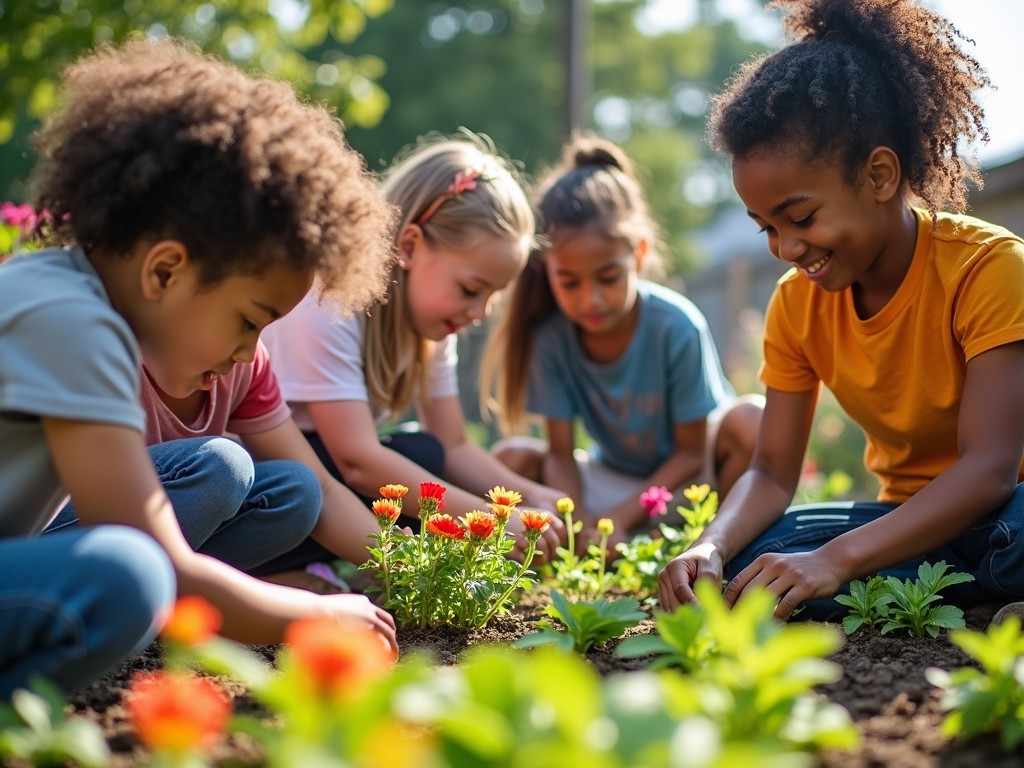Transformative Service Learning Experiences in Education
By , January 21, 2025
Service learning experiences in education are pivotal for nurturing empathy and responsibility in students. By integrating academic learning with meaningful community service, students not only apply their knowledge but also develop crucial life skills.
Service learning bridges the gap between theory and practice. This educational approach encourages students to engage in their communities, providing a platform to tackle real-world issues while enhancing their academic learning. It goes beyond volunteering by aligning service activities with curriculum objectives, fostering a deeper understanding of societal needs and personal growth.
What is Service Learning?
Service learning involves integrating community service within an academic curriculum. Unlike traditional volunteering—which often lacks academic integration—service learning emphasizes reflection and learning outcomes. This method allows students to apply classroom theories to practical challenges, thereby enriching their engagement with the subject matter.
The Impact of Service Learning in Education
- Real-World Skills: Students gain tangible skills such as leadership, communication, and problem-solving.
- Community Connection: They develop a stronger sense of civic responsibility and community ties.
- Enhanced Learning: Academic subjects become more relevant and engaging.
- Personal Growth: Students build self-confidence and empathy by addressing community needs.

Personal Insights: Stories from the Field
During my journey as an educator, I've witnessed firsthand the profound impact of service learning. In one project, students worked with a local shelter to design energy-efficient plans. This experience tied into their environmental science curriculum, enabling them to see the real-world implications of their studies. The project not only enhanced their understanding of the environment but also instilled a sense of responsibility towards sustainable practices.
Benefits of Service Learning
Service learning promotes comprehensive education by integrating theoretical and practical elements, ensuring a holistic learning experience. Here’s how it benefits different stakeholders:
- Students: Develop academic skills and community awareness.
- Teachers: Create dynamic and interactive lesson plans.
- Communities: Receive vital support and new perspectives.

Creating Effective Service Learning Programs
Steps to Implement
- Identify Community Needs: Start by understanding the local challenges or areas of need.
- Set Clear Objectives: Define what students will learn and how it ties back to the curriculum.
- Plan Collaboratively: Work with community partners to design meaningful projects.
- Reflect and Learn: Encourage students to reflect on their experiences to solidify learning.
- Assess and Improve: Regularly assess the impact and seek improvements.
Challenges and Solutions
While service learning offers countless benefits, it comes with challenges, such as aligning projects with curricular goals and ensuring impactful community engagement. Here are some solutions:
- Curriculum Integration: Work closely with curriculum planners.
- Community Partnerships: Establish strong relationships with local organizations.
- Ongoing Assessment: Continually evaluate project outcomes.

Final Thoughts
Service learning experiences in education transform not only students but the community at large. It's a powerful tool that bonds academic knowledge with real-world challenges, preparing students for future careers and civic engagement. By involving all parties—schools, students, and communities—service learning builds a network of support and mutual growth.
Recommended Readings
Explore these articles to deepen your understanding of service learning:
- "Integrating Community Service with Academic Learning"
- "Building Bridges: How Service Learning Enhances Education"
- "Empowering Students through Service Initiatives"